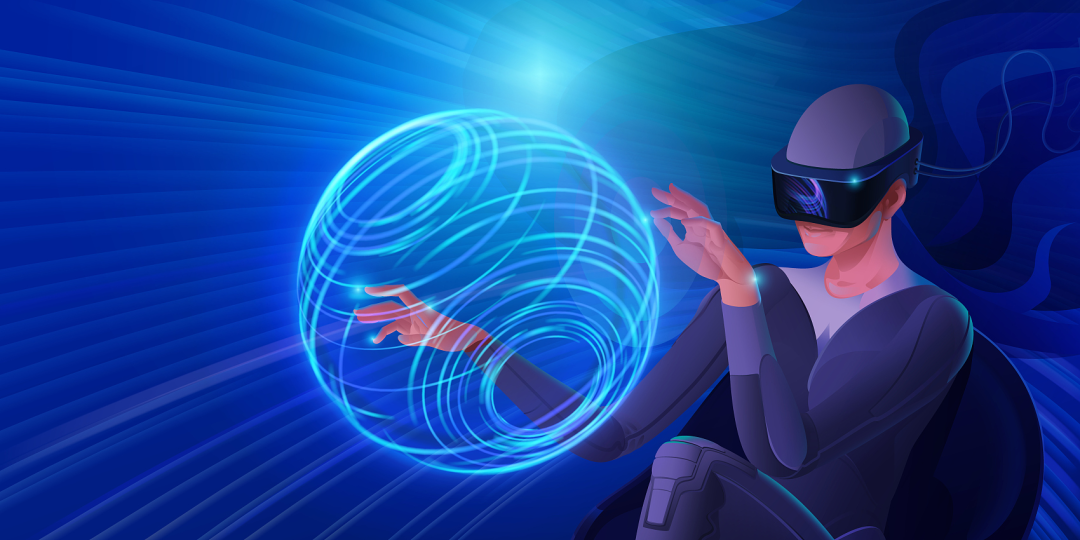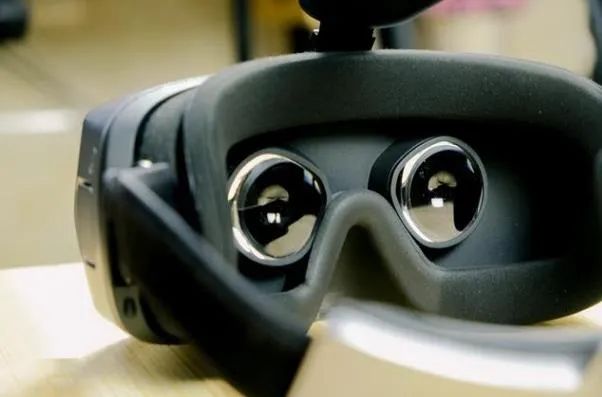"Case" how to develop VR product production testing standards In recent years, the immersive and technological characteristics brought by virtual reality technology have become the next era of intelligent electronic devices, and the launch of the concept of "meta-universe" has further accelerated the development of the industry. AR/VR glasses, as the most widely used products in the virtual reality industry, because its products involve a large number of precision components, in order to ensure the stability of the final quality of the product, for each part and each process in the production and manufacturing process, it should be necessary to conduct relevant testing to timely feedback, improve efficiency, and solve the manufacturing problems of OEM manufacturers. Freesense continues to increase R&D investment in the field of virtual reality, and has successfully launched full process solutions. Provide Micro-OLED panel testing, PCB component assembly testing for touch chips, Display screen testing for optical lenses, CG appearance testing, optical axis symmetry testing, surface defect detection for complex appearance, chroma brightness testing, dimension measurement testing, etc. By doing so, we have won the recognition and trust of more and more customers. In the spring of this year, after several phases of equipment verification, Freesense's self-developed VR glasses white glass inspection product was officially launched. This marks a breakthrough in the application scenario of Freesense's self-developed white glass detection technology, and it is also the first time that this detection technology has been applied to the virtual reality industry. Through the white glass solution, Freesense successfully helped a 3C customer overcome the difficulties in manufacturing in a timely and effective manner, and minimized the negative impact on the product launch plan. Challenge In AR/VR glasses, visual experience is particularly important. The quality of various parameters of the screen directly determines the product power of AR/VR glasses. Therefore, Sail Sound provides a solution for an OEM screen manufacturer. In VR glasses, white glass products are used, the size is 33.81mm*27.55mm, and there are usually impurities and other problems in the glass due to the characteristics of white glass itself. Because other manufacturers have been unable to solve the following problems, customers have to repeatedly delay the product launch. 1. The washer is not able to clean the product; 2. Human visual inspection cannot see all defects; 3.It is difficult to unify the upstream and downstream specifications of manual visual inspection, and it is easy to diverge. Solution After the joint research of the Freesense team and the customer, Freesense took into account the factors that may lead to quality problems, and launched a feasible detection solution - VR glasses white glass appearance inspection solution, which has a powerful self-developed AOI algorithm technology and integrated operation software. Relying on the accumulation of defect data in the industry for more than ten years, compared with other manufacturers, Sailsound can more effectively identify glass defects accurately and quickly with the support of self-developed algorithms, and with the deep Xi function that can continue to evolve, it can realize the efficient and low-cost solution of rapid deployment and response of equipment and continuous improvement of detection efficiency. After hundreds of verifications by both parties, the solution was officially rolled off the assembly line this spring, and the team's continuous pursuit of excellence and 99.999% inspection rate also successfully helped the giant solve product quality problems. Effect Up to now, the appearance inspection equipment of VR glasses white glass has successfully passed the verification and has been running stably on the production line. Through the self-developed modular software and hardware design, the production line can be quickly deployed by only configuring according to the parameters of the detection object, effectively helping enterprise customers reduce unnecessary costs. In addition, the modularization and standardization characteristics can also be used to cover more application scenarios, and with the standardized hardware configuration, customers can only switch the scene configuration in the software to help customers detect other production line content and maximize the use and investment value. While achieving the industry's top testing results, the low-cost solution can also further improve the customer's testing efficiency. ·The product is divided into 12 areas for testing, and the self-developed software of Fansheng is used to accurately shoot defects, and adjust the specifications and parameters according to customer needs, saving R&D cycle and costs ·Detection accuracy < 1um ·The detection cycle time is 4~7s ·15 times more efficient (compared to manual inspection)  |
